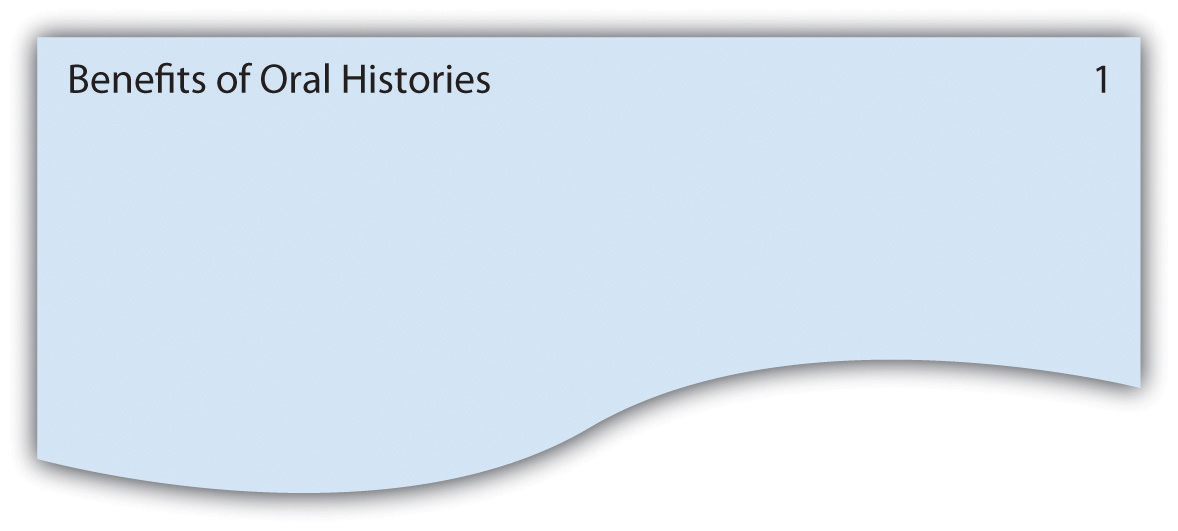19
Dr. Karen Palmer
APA stands for the American Psychological Association. APA formatting is used by disciplines in the Social Sciences, like psychology. It is also used by nursing students.
Here is a video by author Mark Hatala, PhD, reviewing the APA Manuscript Elements:
https://youtube.com/watch?v=sGhNzgcjFXI
Some sample papers: https://apastyle.apa.org/learn/faqs/view-sample-papers
Order of Pages
APA requires the following set order of pages with each listed page on the list starting on a new page. If your paper does not require one or more of the pages, skip over those pages, but maintain the order of the pages you do use.
- Title page
- Abstract
- Body
- Text
- References
- Footnotes (If used, these may be placed at bottom of individual pages or placed on a separate page following the citations.)
- Tables too large to place within the text body can be included in this position
- Figures too large to place within the text body can be included in this position
- Appendices
Title Page
A double-spaced title page should include the required information centered on the top half of the page. The title page information can vary based on your instructor’s requests, but standard APA guidelines include either the title, your name, and your college name, course name, the instructor’s name, and the due date.
The title should be centered about three to four lines down from the top of the page.
Here is an example:
1
An Innovative Approach to Eliminating Food Insecurity
Jane Doe
Yavapai College
ENG 102
Dr. Palmer
February 26, 2020
APA also provides students with a Title Page Guide.
Page Numbers and Paper Identification

Page numbers should be placed at the top, right margin one-half inch down from the top of the page. In professional papers, a running head is required. APA does not require a running head for student papers, but some professors might ask you to include one as practice. Across from the page number, flush left, include the title of the paper in a running head. If the title of the paper is lengthy, use an abbreviated version in the running head.
Margins
Make margins one inch on both sides and top and bottom.
Headings and Subheadings
Use double spacing with no additional returns. Before you decide where to place your headings, you have to decide how many levels of headings you will have. Typically, you will have two or three levels, but you might have as many as five levels. Keep in mind that the title does not count as a heading level, you should use the levels consistently, and you must have a minimum of two headings at each level.
Example
First level heading: Centered, Bold Title
Text begins in a new paragraph.
Second level heading: Flush Left, Bold
Text begins in a new paragraph.
Third level heading: Flush Left Bold Italic
Text begins in a new paragraph.
Fourth level heading: Indented, Bold, Ends with a Period. Text continues on after the heading.
Fifth level heading: Indented, Bold Italic. Ends with a Period. Text continues on after the heading.
Fonts
A variety of fonts can be used in APA style papers.
Sans serif options: 11-point Calibri, 11-point Arial, or 10-point Lucida Sans Unicode.
Serif options: 12-point Times New Roman, 11-point Georgia, or normal (10-point) Computer Modern.
Paragraph Indentations
Indent the first word of each paragraph by using the tab key.
Line Spacing
Double-space all text, including titles, subheadings, tables, captions, and citation lists.
Spacing after Punctuation
Space once after punctuation within a sentence, such as commas, colon, and semicolons, and twice after end punctuation.
For additional help formatting your paper in APA Style, please click HERE.
Attributions
- Content adapted from “Chapter 22” and licensed under CC BY NC SA.
- Example Title Page and Headings example created by Dr. Karen Palmer and licensed under CC BY NC SA.
- Content adapted from “Chapter 9: Designing” and licensed under CC BY NC SA.
- Content adapted from “Chapter 10: Publishing” and licensed under CC BY NC SA.
